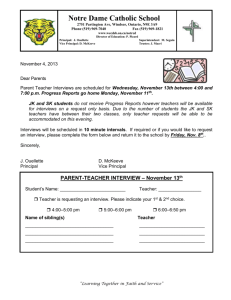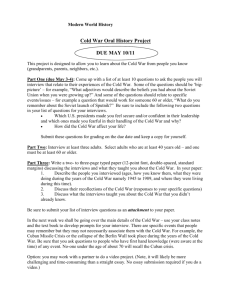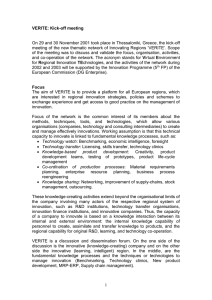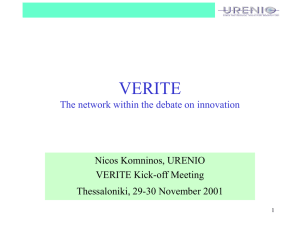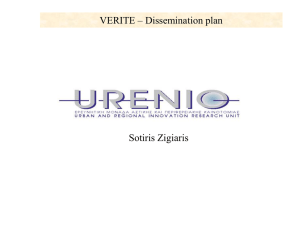DOCUMENTARY BASICS
advertisement
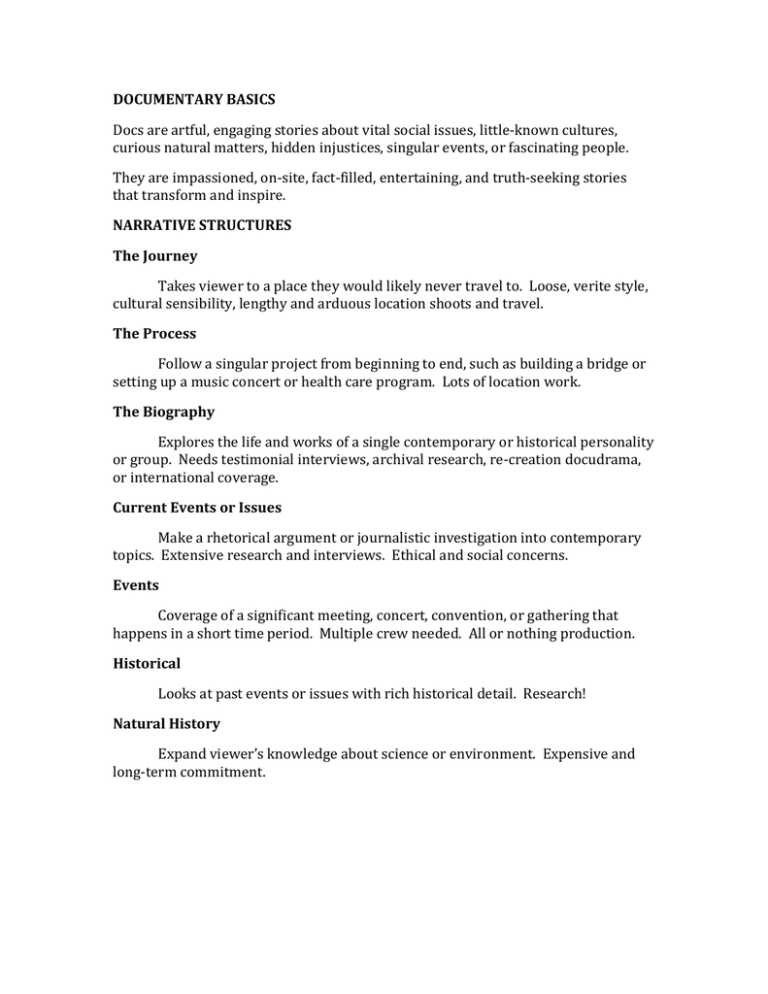
DOCUMENTARY BASICS Docs are artful, engaging stories about vital social issues, little-known cultures, curious natural matters, hidden injustices, singular events, or fascinating people. They are impassioned, on-site, fact-filled, entertaining, and truth-seeking stories that transform and inspire. NARRATIVE STRUCTURES The Journey Takes viewer to a place they would likely never travel to. Loose, verite style, cultural sensibility, lengthy and arduous location shoots and travel. The Process Follow a singular project from beginning to end, such as building a bridge or setting up a music concert or health care program. Lots of location work. The Biography Explores the life and works of a single contemporary or historical personality or group. Needs testimonial interviews, archival research, re-creation docudrama, or international coverage. Current Events or Issues Make a rhetorical argument or journalistic investigation into contemporary topics. Extensive research and interviews. Ethical and social concerns. Events Coverage of a significant meeting, concert, convention, or gathering that happens in a short time period. Multiple crew needed. All or nothing production. Historical Looks at past events or issues with rich historical detail. Research! Natural History Expand viewer’s knowledge about science or environment. Expensive and long-term commitment. STORYTELLING APPROACHES Sequence-driven Exciting. Action-filled moments. Verite (The Truth) means no filmmaker intervention. Observational, fly-on-the-wall style. No interviews. Viewers draw their own conclusions. Character-driven The powerful presence of one or more personalities. Depicts serious ethical questions through depictions of sympathetic characters. Mixes interviews and sequences. Narrated An authoritative voice explains and interprets topics. Effective with current events and issues. Hosted On-camera personality who is an expert or surrogate traveler for the viewer. A Michael Moore production. Inductive Unfolds a story without a thesis statement. Non-narrated usually. Deductive Opens with a thesis statement and follows supporting testimony and facts. Personal Reflexive Explores the issue by turning the camera back on the filmmaker. Experimental or Hybrid Combines almost any documentary approach with any narrative style. Often called essay documentaries, baffling critics who reject them as outside the genre. WARM-UP INTERVIEW Warm-up the subject but do not ask them the important questions – they often never repeat it the same way during the interview. Mention the topics to be covered. Alert them that questions might be repeated. Ask the subject to repeat the question in their answer: “Why did you fire the employee?” The subject should be encouraged to answer: “I fired the employee because…” Some subjects don’t get this. Don’t push them if they have trouble. EFFECTIVE INTERVIEWS The interview is a staged event and the goal is to provoke usable responses. Ask “how” and “why” questions. Construct questions to elicit only one response. No questions with multiple parts and answers. The questions should not be a search for data. You should already have those answers. No questions with “yes” or “no” answers. If the answers wander off the question, the interviewer should re-ask the question. Avoid rambling questions. (Charlie Rose is accused of this). Listen carefully, re-ask questions if necessary, don’t ruin the answer by interrupting, and give them time to finish. Waiting during a long pause sometimes gets the best response. Give them time to think. VISUAL STYLE Keep a consistent look. Consider the relationship between the subject and the interview location. (Avoid a simple white wall!) All narrative film styles are appropriate: 180 degree, 30 degree, rule of thirds, eyeline, headroom, lookspace, screen direction, etc. FINAL THOUGHTS The documentary film is almost always created in the editing room. You may think you begin with a strong idea of how the film will play out, but often the subjects or storyline is transformed during filming. Be open to new ideas. Even with a treatment or script for your film, you will find new directions for your story to go during filming and editing.



